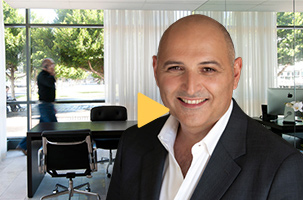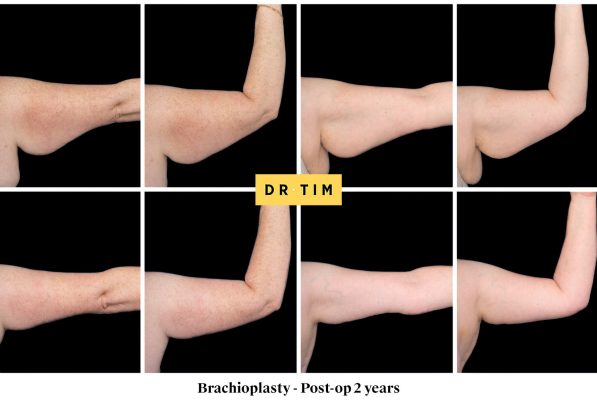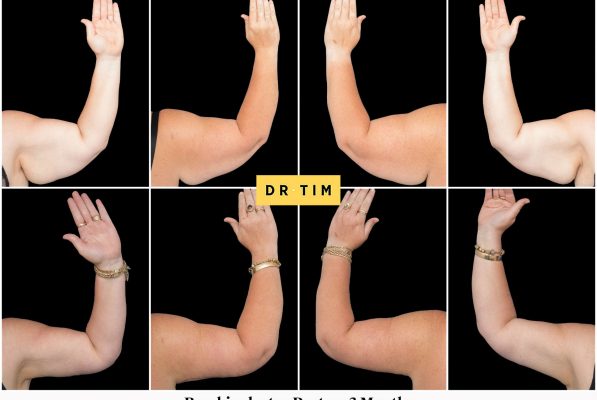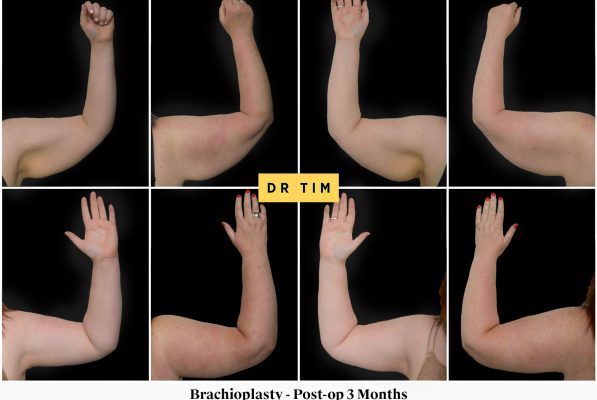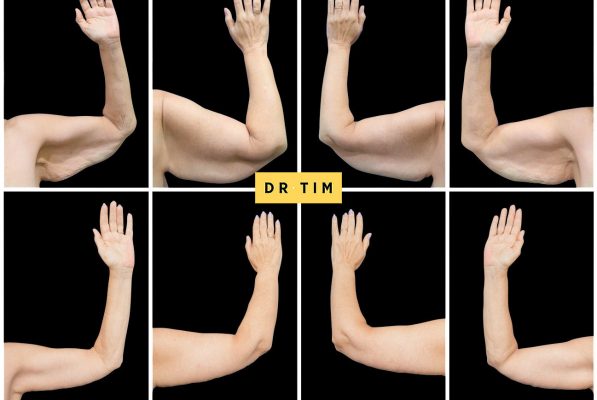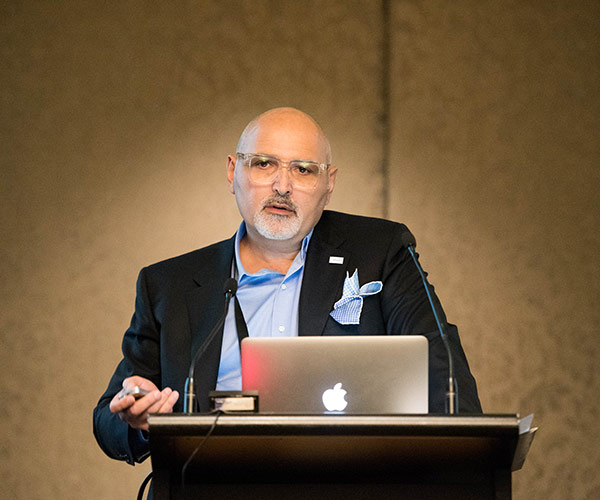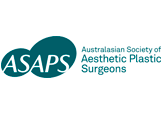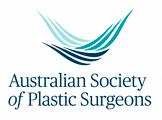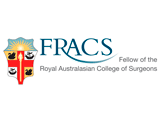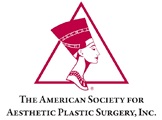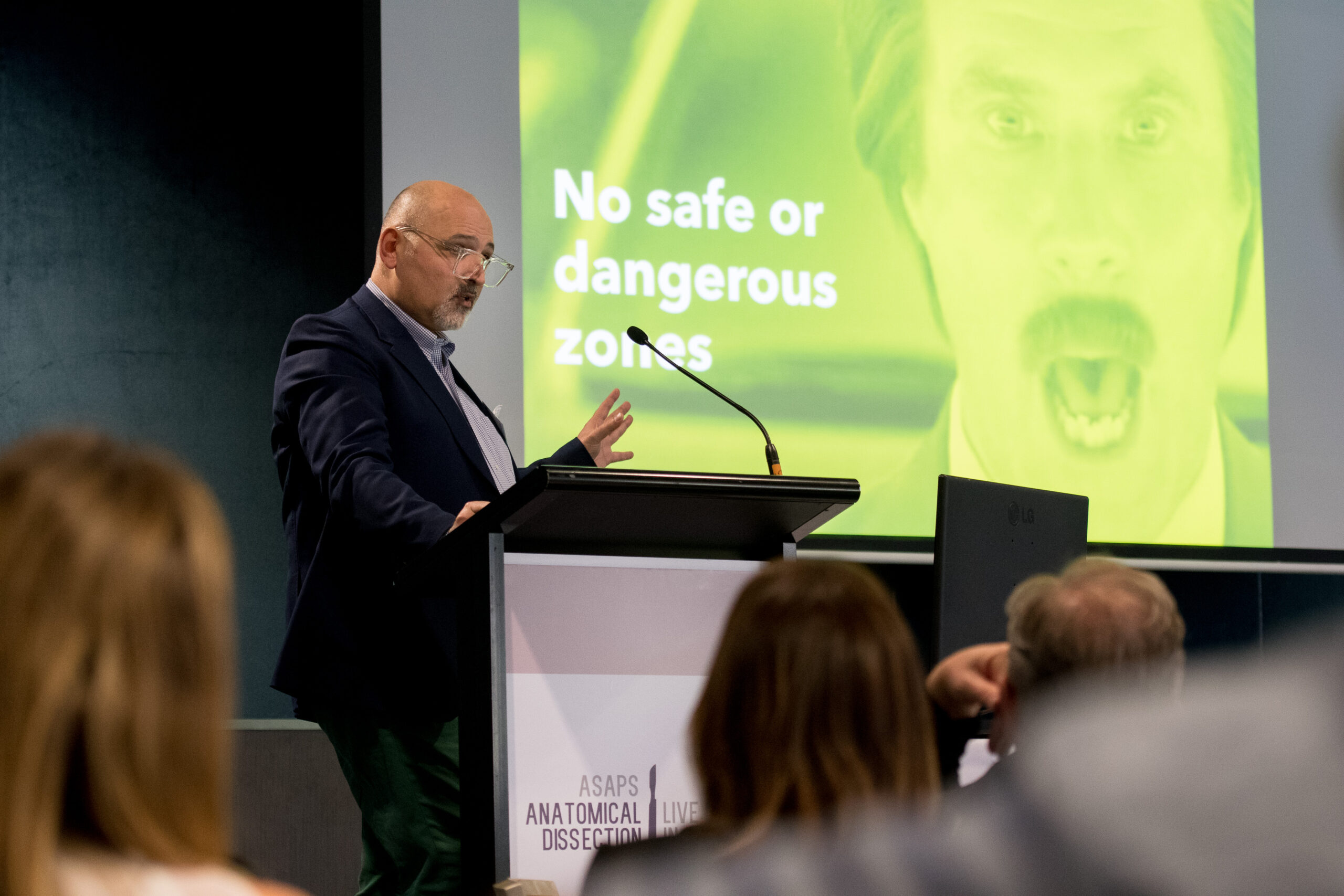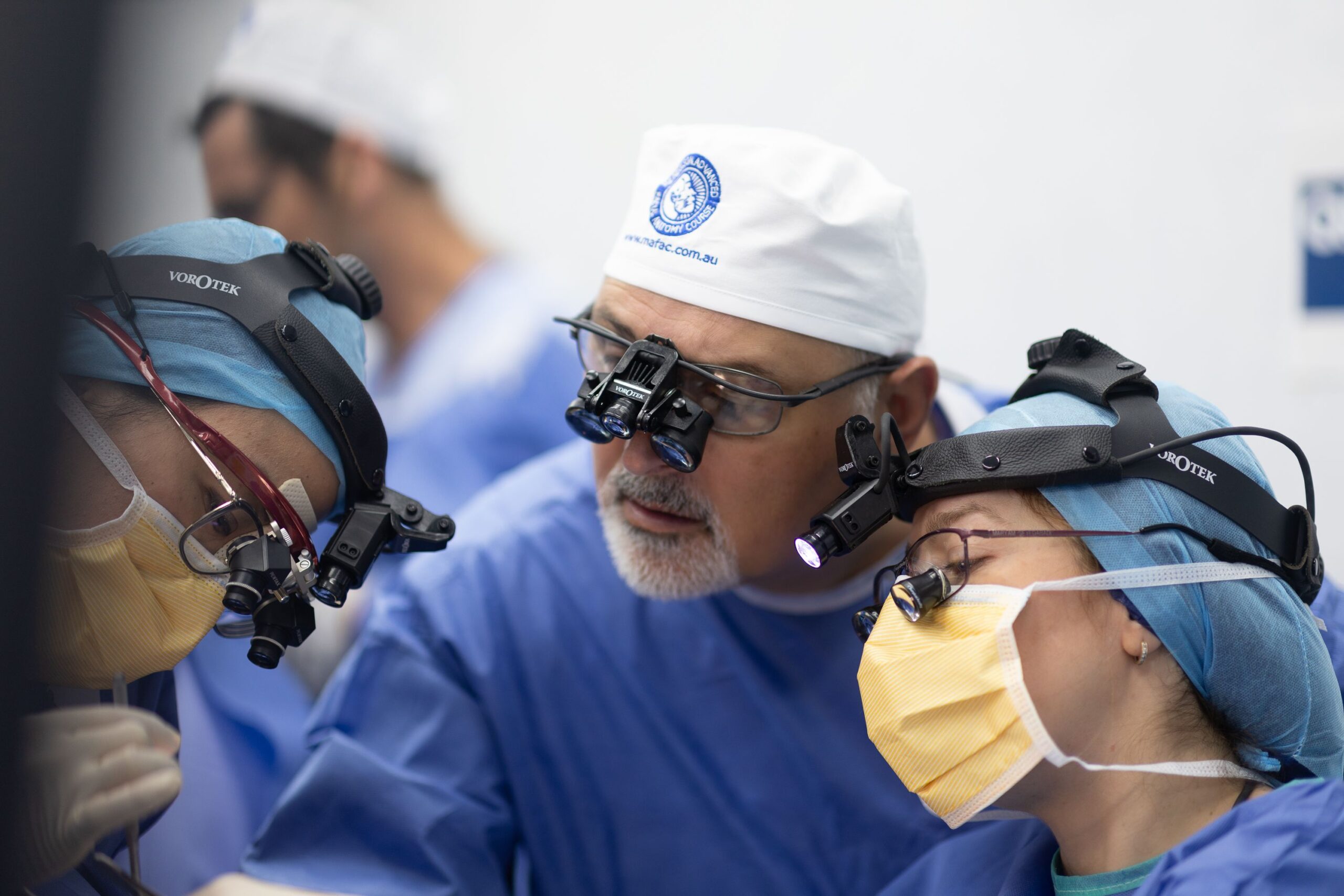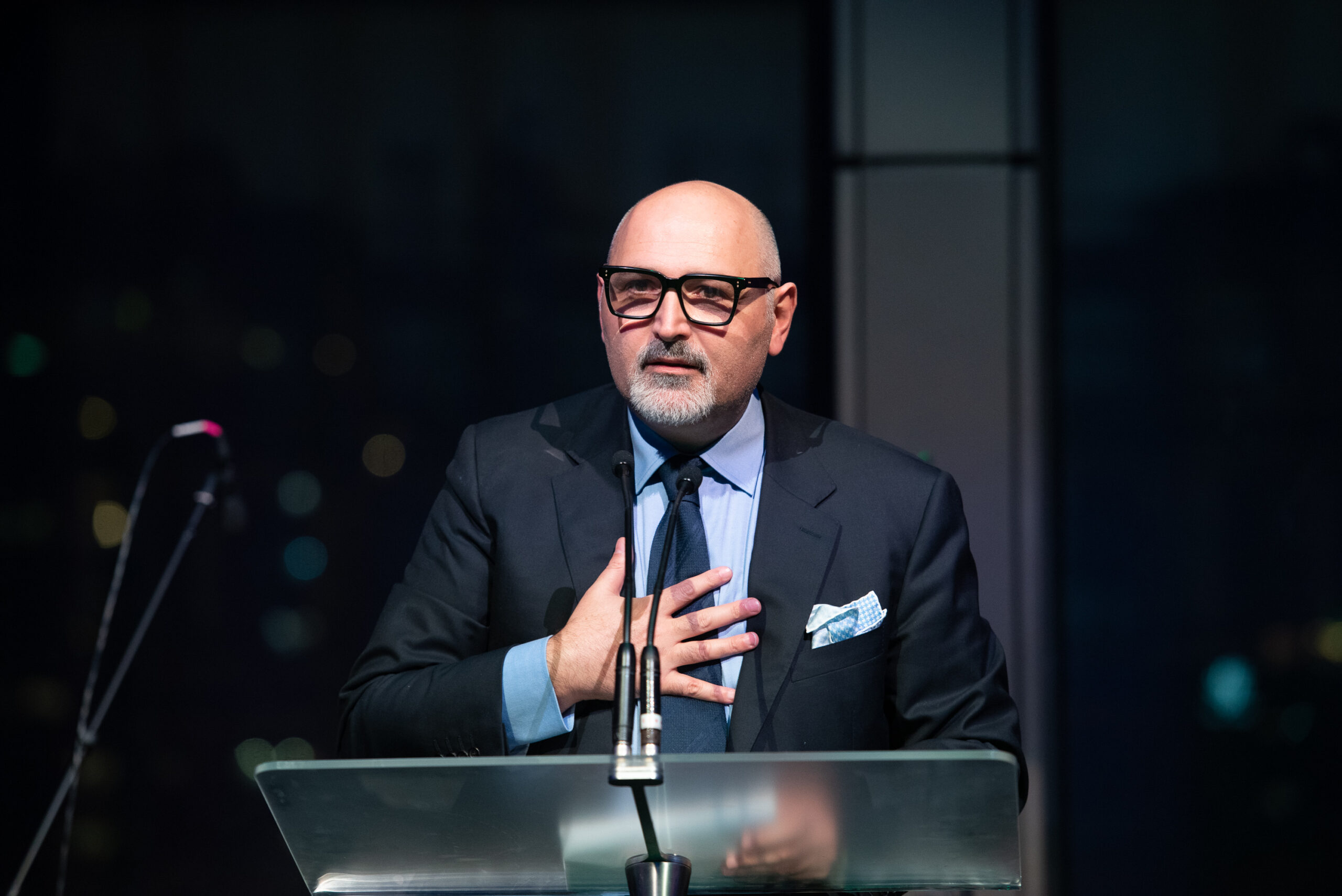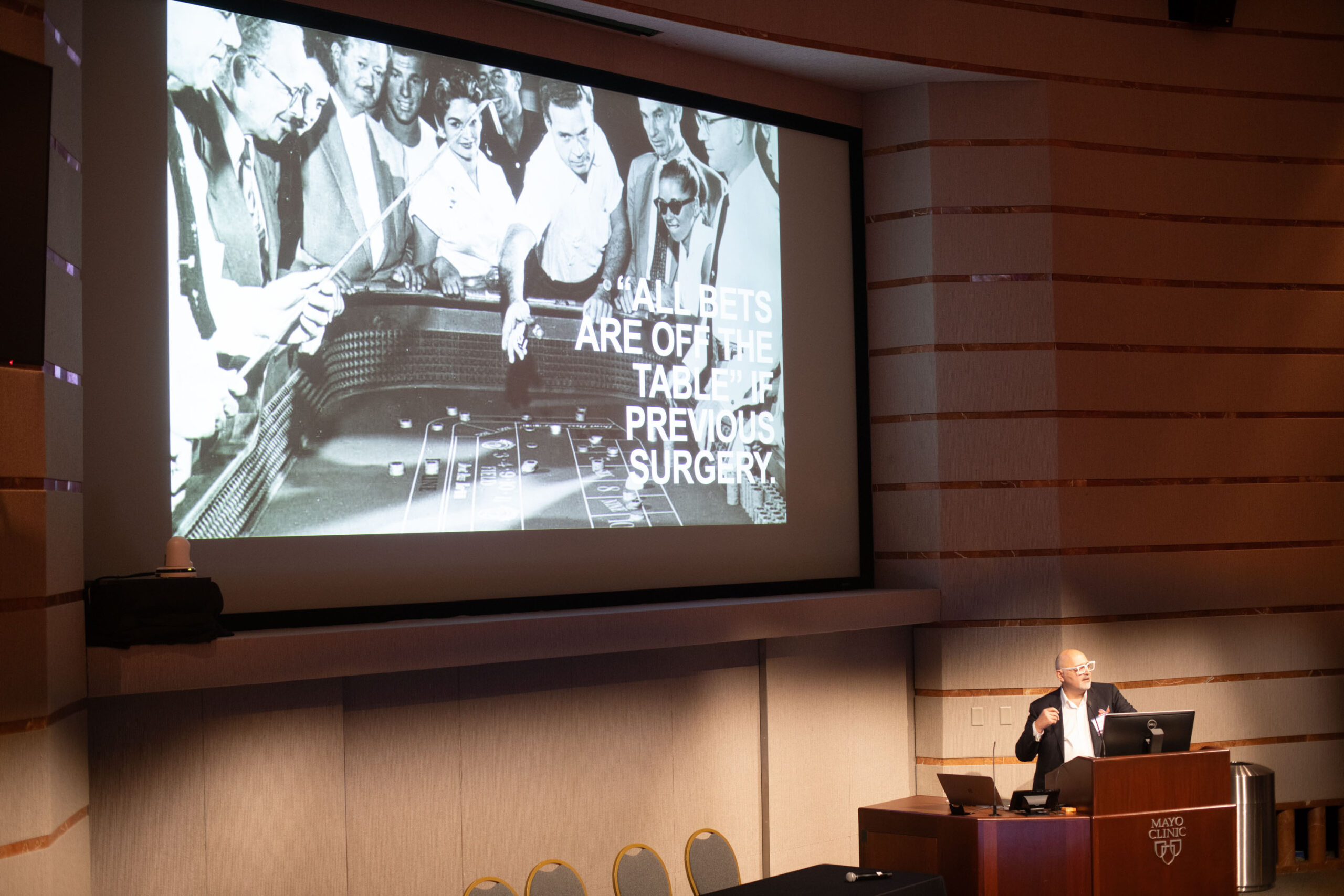Changes in our bodies can occur for many reasons, including significant weight loss, natural aging, or genetic factors. These circumstances may result in loose or excess skin on the upper arms. For some, Brachioplasty (Arm Lift) might be a suitable option. It’s a procedure that can help address these changes in the upper arm area, aligned with your personal expectations and medical recommendations.
At our Sydney clinic, led by Dr. Tim, we offer Brachioplasty procedures. The procedure can be a consideration for those experiencing skin laxity in the upper arm region that is not responsive to exercise.
The decision to undergo Brachioplasty (arm lift) is a personal one and should not be seen as a societal expectation or norm. It is one of the ways people choose to manage changes in their bodies, and it’s essential that you consider all available options, including lifestyle modifications, embracing your body’s natural changes, and exploring non-surgical options.
Our team is committed to providing a professional, respectful, and patient-focused approach to help you make an informed decision that aligns with your personal expectations and overall wellbeing.
Brachioplasty (Arm Lift) is a procedure that focuses on addressing loose or excess skin in the upper arm area.
The surgery can be performed under general anaesthesia.
During the procedure, an incision is made on the underside of the arm, and excess skin and tissue are removed.
The length and pattern of the incision depend on the amount and location of the excess skin to be removed.
It can be an option for individuals who have maintained a stable weight and engage in a healthy lifestyle, but experience skin laxity in the upper arm region.
The surgery duration may vary based on individual circumstances.
These facts provide a general understanding of the procedure. We encourage patients to have a detailed consultation with Dr. Tim to fully understand the specifics of the procedure based on their unique circumstances.
Risks of Brachioplasty (Arm Lift)
Like any surgical procedure, brachioplasty (arm lift) comes with its potential risks and complications. Dr. Tim believes in transparency and ensures that patients are well-informed about all possible outcomes. Here are a few risks associated with this surgery:
Bleeding: As with any surgery, there’s a risk of bleeding during and after the procedure. Dr. Tim takes every precaution to minimise this risk.
Infection: While rare, infections can occur after any surgical procedure. Should an infection occur, it’s typically treatable with antibiotics.
Scarring: An arm lift requires an incision, and therefore, scarring is inevitable. However, Dr. Tim’s surgical techniques are designed to reduce visible scarring, and any remaining scars often fade over time.
Changes in Skin Sensation: You may experience temporary changes in skin sensation around the surgical site, including numbness or tingling. This usually resolves over time.
Poor Wound Healing: Some individuals may experience delayed wound healing or wound separation. This is more common in smokers and individuals with certain medical conditions.
Seroma: This is a condition where fluid accumulates under the skin following surgery. If this happens, it may need to be drained.
Adverse Reaction to Anaesthesia: With any surgery where you go under general anaesthetic, there is a risk of adverse reaction to anaesthesia. The anaesthetist will discuss this with you in detail prior to your procedure.
It’s important to discuss these risks thoroughly with Dr. Tim during your consultation. His extensive experience and commitment to patient safety help to minimise these risks and promote an optimal surgical outcome.
Recovery from Brachioplasty (Arm Lift)
Everyone’s recovery process is unique, but there are common steps most patients can expect when recovering from a brachioplasty:
Day of the surgery: After your procedure, you will be monitored in a recovery room for a few hours before being discharged to go home. You will need to arrange for a someone to drive you home and ideally stay with you for the first 24 hours.
First week: You will likely experience swelling and bruising in the surgical area, which will peak after about 48 hours and then gradually subside. Pain is usually well-controlled with prescribed medication.
Two weeks: Sutures are typically removed at this stage, and you can usually return to non-strenuous work.
Four to six weeks: You will typically be able to resume strenuous activities or exercise, but always follow Dr. Tim’s guidance.
Three to six months: Swelling should be completely resolved, and you will be able to see the final results of your brachioplasty.
One year: Incision lines, while permanent, will continue to fade and improve over the next year.
Remember, these are average timelines and your recovery may be faster or slower. Dr. Tim and his team will provide you with detailed postoperative care instructions and will be available to answer any questions or concerns you may have during your recovery.
This content is suitable for an 18+/adult audience only
These photos are of consented patients of this clinic/medical practitioner and have not been altered or digitally enhanced.
Outcomes shown are only relevant for this patient and do not necessarily reflect the results other patients may experience, as results may vary due to many factors including the individual’s genetics, diet and exercise.
Click on the images below to enlarge
